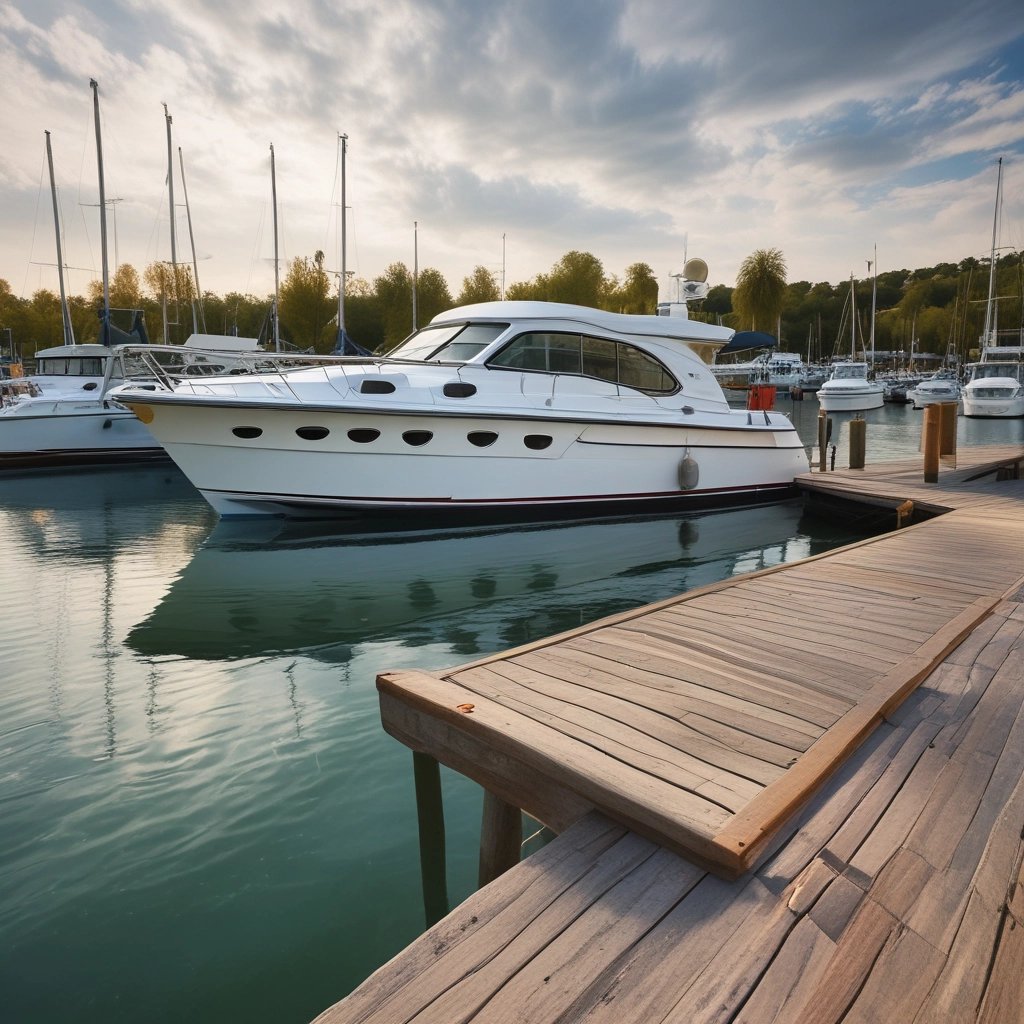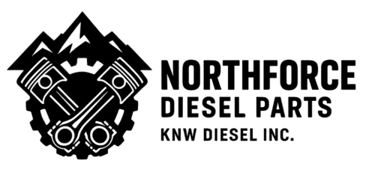10 Tips to Keep Your Marine Engine Running Smoothly After Winter


Inspect Your Engine and Components
Prior to commencing your marine engine after the winter hiatus, a meticulous inspection of the engine and its components is paramount. The harsh winter conditions may have contributed to wear and tear that can impact performance. Begin by examining the engine compartment for any visible signs of damage or corrosion that may have occurred due to moisture buildup or freezing temperatures. Focus especially on electrical connections, as these can be susceptible to corrosion which impacts connectivity and overall function.
Next, inspect the hoses and belts. Look for cracking, fraying, or any signs of wear that would indicate a need for replacement. Damaged hoses can lead to leaks, which could in turn result in engine overheating or failure. It is also wise to check the integrity of clamps and fittings, as a loose connection might lead to fluid seepage under pressure.
A thorough examination of fluid levels is also essential. Ensure that engine oil, coolant, and fuel levels are adequate, while also checking for signs of contamination or leaks. In particular, pay attention to the fuel system, as water can accumulate in fuel tanks during the winter months, potentially leading to engine issues. Consider utilizing tools such as a multimeter to assess electrical connections and a pressure gauge to ensure that fluid systems are functioning as intended.
In addition to the visual inspection, it is advisable to consult the owner’s manual for specific manufacturer recommendations regarding components that may require attention after winter storage. Developing a systematic approach to inspecting your marine engine and its components will contribute significantly to a smooth and trouble-free start-up to the boating season. Taking these steps can prevent costly repairs and ensure a reliable experience on the water.
Change the Oil and Filter
One of the crucial steps in preparing your marine engine for the upcoming season is changing the oil and oil filter. Old engine oil can accumulate contaminants such as dirt, metal particles, and moisture, which can severely hinder the performance of your engine. Thus, regular maintenance, specifically oil changes, is indispensable for ensuring the longevity and efficiency of your marine engine.
To perform an effective oil change, begin by gathering all the necessary tools and materials. You will need an oil change pump or siphon, a new oil filter specifically designed for your engine, and the appropriate type of marine oil recommended by the manufacturer. It is advisable to refer to your owner’s manual for specific guidelines regarding the oil type and filter specification; using the correct oil ensures optimum performance.
Begin the process by warming up the engine slightly. Warm oil drains more effectively, allowing contaminants to escape easily. Once the engine reaches a moderate temperature, turn it off and prepare for the draining process. Locate the oil drain plug and position a suitable container beneath it to catch the old oil. Carefully remove the drain plug and allow the oil to fully drain out. This may take several minutes.
While the oil is draining, you can proceed with replacing the oil filter. Using an oil filter wrench, carefully remove the old filter, ensuring that any residual oil does not create a mess. Before installing the new filter, apply a small amount of fresh oil to the rubber gasket on the new filter to ensure a proper seal during operation. Install the new filter, tightening it gently but firmly.
Once the old oil has completely drained and the new filter is secured, replace the drain plug. Now, it’s time to refill with fresh marine oil. Using a funnel, pour the appropriate amount of new oil into the engine, as specified in the owner’s manual. After filling, check the oil level with the dipstick and add more oil if necessary.
Regularly changing the oil and filter not only enhances the performance of your marine engine but also minimizes the risk of costly repairs down the line. A well-maintained engine is essential for a successful boating season.
3. Check and Replace the Fuel System
As winter subsides, one critical aspect of maintaining your marine engine is addressing the condition of the fuel system. Fuel can deteriorate over the extended colder months, potentially leading to performance issues when you attempt to start your engine for the first time in spring. Therefore, it is essential to perform a thorough inspection of the fuel system to ensure optimal functioning.
Begin your inspection by checking for any water in the fuel tank, as the presence of moisture can cause significant problems, including engine failure. Water may enter the tank through condensation or leaks, so it is prudent to use a fuel-water separator if your system does not already have one. Should you find water, it is crucial to drain it out completely to prevent any complications.
Next, clean or replace fuel filters as necessary. Clogged or dirty filters can restrict fuel flow, adversely affecting engine performance. Consult your engine's manual for guidance on how frequently filters should be replaced, but consider doing so annually or after prolonged periods of storage. In addition, inspect the fuel lines for any signs of wear, damage, or blockages. It may be helpful to replace any old or suspect lines to ensure a smooth fuel flow to the engine.
Furthermore, as you prepare your marine engine for the upcoming season, always prioritize using fresh fuel. Old fuel may lead to difficulties in ignition and can also contribute to the development of deposits in the fuel system. Additionally, consider using fuel additives designed to enhance performance and stability. These products can help prevent fuel degradation and improve combustion efficiency, ultimately leading to a smoother running engine during the boating season.
Test the Battery and Electrical Systems
A reliable battery is a cornerstone for the optimal functioning of your marine engine. Before embarking on a new season, it is essential to assess the condition of the battery and the entire electrical system. Start by testing the battery's charge using a multimeter. This tool can measure voltage, helping you determine whether your battery is fully charged, undercharged, or in need of replacement. A healthy marine battery typically registers around 12.6 volts or more when fully charged.
Next, inspect the battery terminals for any corrosion or dirt buildup that could hinder electrical performance. Clean the terminals using a mixture of baking soda and water, applying the solution with a brush to remove any residue. Make sure to rinse them thoroughly and dry them before reconnecting the leads securely. Tight connections help ensure the battery communicates effectively with the electrical system, reducing the chance of failure when it is time to start your engine.
Additionally, conducting checks on the broader electrical systems is critical. Examine the fuses and wiring for any signs of wear or damage. Look for frayed wires, loose connections, or corrosion, all of which can impede the flow of electricity. If any issues are identified, they should be addressed immediately to avoid more significant problems later. Regular maintenance of these components is crucial, particularly during winter months when marine batteries can easily discharge without proper care. By maintaining full voltages and clarity in connections, you can significantly enhance your marine engine's reliability during the upcoming cruising season.


